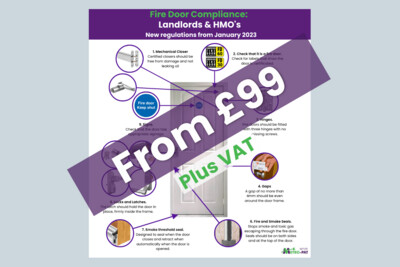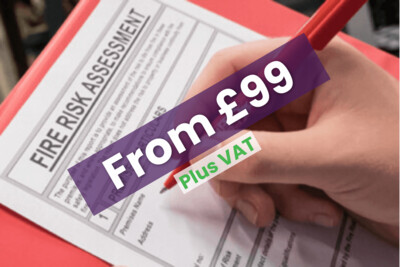Reliable Pat Testing London
From £44. NICEIC Registered Pat Testers.
Business Safety Compliance Made Simple.
For the Best Service and Prices in London.
Same day / next day service available.
Open 7 Days a week From 7 am to 9 pm, For Every Business Sector, Small, Medium & Large.
Pat Testing, Eicr testing, Emergency light testing, Fire risk assessments, Gas Safety, Floor plans, Fire safety services, Legionella Risk Assessments, EPC, Fire Door Compliance, Asbestos Surveys, and Carbon Monoxide Alarms.
We have No Hidden extras Like Parking Congestion charges or ULEZ, it's all included in our prices.
London Pat Testing | London Fire Risk Assessments | London Gas Safety Certificates | London Fire Safety
Our Coverage Area






We operate across the whole of North, East, South and West London and cover all of the boroughs within the London regions. Our services are available to clients across London for either commercial, residential or construction purposes.
We service outside The M25 of London.
Please contact us for further information.
It's easy to book the service you require.
Portable Appliance Testing in London
When it comes to PAT tests in London, Metro PAT 247 has got you covered. We cover Central London and ensure low-cost portable appliance testing to ensure safety and security. We also cover EICR testing and Em light tests, fire risk assessments and fire extinguisher services. Our services are excellent and will ensure that your business stays compliant, from London landlords, hotels, retail outlets, offices, GP practises and dentists, we can assist. We also service domestic clients and are your one-stop shop for both fire safety and electrical testing services.
PAT testing stands for Portable Appliance Testing. It is a process of checking electrical appliances to ensure that they are safe to use. The testing involves a visual inspection of the appliance, followed by a series of electrical tests to check for faults or damage. PAT testing is typically carried out by a qualified electrician or trained technician like Metro PAT 247. The tests are designed to ensure that the appliance is earthed correctly, that the wiring is not damaged or frayed, and that there are no other electrical faults that could pose a risk to the user.
Electrical Equipment and PAT Test
We are fully insured and when you book our services online, we’ll ensure that you get the best solution for your PAT testing needs. PAT tests are essential, they’re a legal requirement and can only be carried out by competent and qualified professionals, they will also provide inspections that are required from current legislation. When it comes to our professional team, they will ensure both a prompt and reliable service as well as testing all necessary appliances efficiently and effectively, at Metro PAT 247 we also provide a competitive price. When it comes to needing a 'London PAT testing service', make sure you choose Metro PAT 247.
Should you require any information or advice, our specialist team can be on hand to offer advice and assistance, from Em light testing to EICR testing, we also cover fire extinguisher testing and safety compliance services. It's our job to ensure that businesses are compliant with the law, especially when it comes to electrical safety testing, we also ensure that we take this very seriously. Should you need a PAT test certificate, we can provide you with a copy.
London PAT Test Certificates
PAT testing is important for businesses, landlords, and anyone who is responsible for the safety of electrical equipment in a public or workplace environment. It is often a legal requirement to carry out PAT testing on a regular basis to comply with health and safety regulations. The frequency of PAT testing depends on the type of appliance and how often it is used. For example, a handheld power tool used on a construction site will require more frequent testing than a desktop computer in an office.
So what are you waiting for, our expert team can provide a rapid and professional safety compliance solution and have your appliances PAT tested. We also cover London construction sites for their tools and equipment 3 Phase, 110v and 240v building site tools and shop and office pat testing Class1, Class2 and SELV appliances. For more information on our electrical safety certificate solutions, get in touch today.
Contact Metro PAT 247 Today
For PAT testing in London, get in touch with Metro PAT 247, we provide testing for all your portable appliances, so when it comes to portable appliance testing services, we are the team to call on. We can provide you with a PAT testing certificate for all of your portable electrical equipment.







.png)





